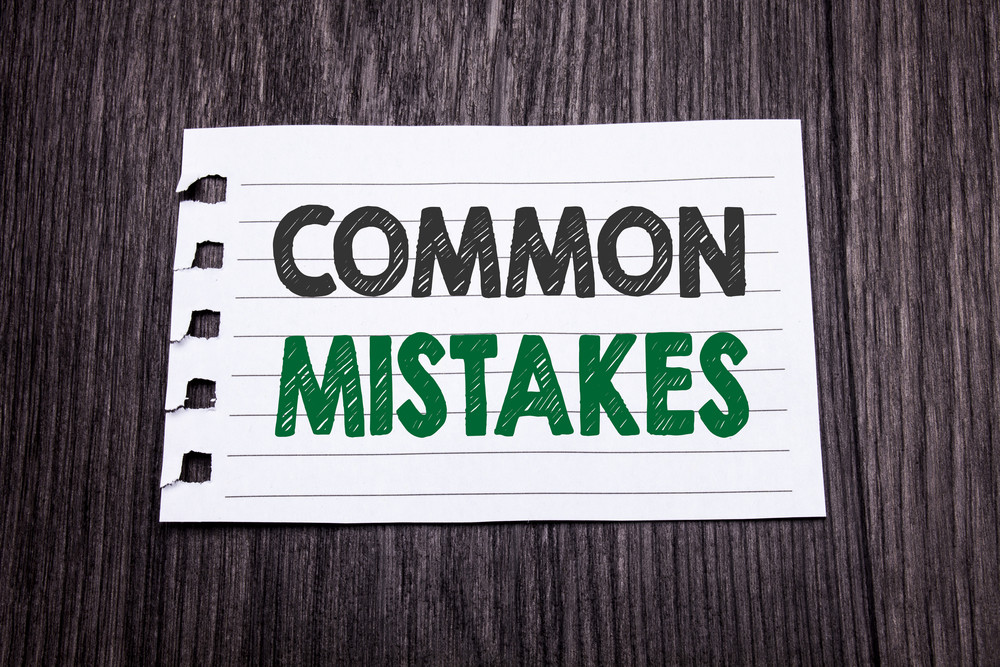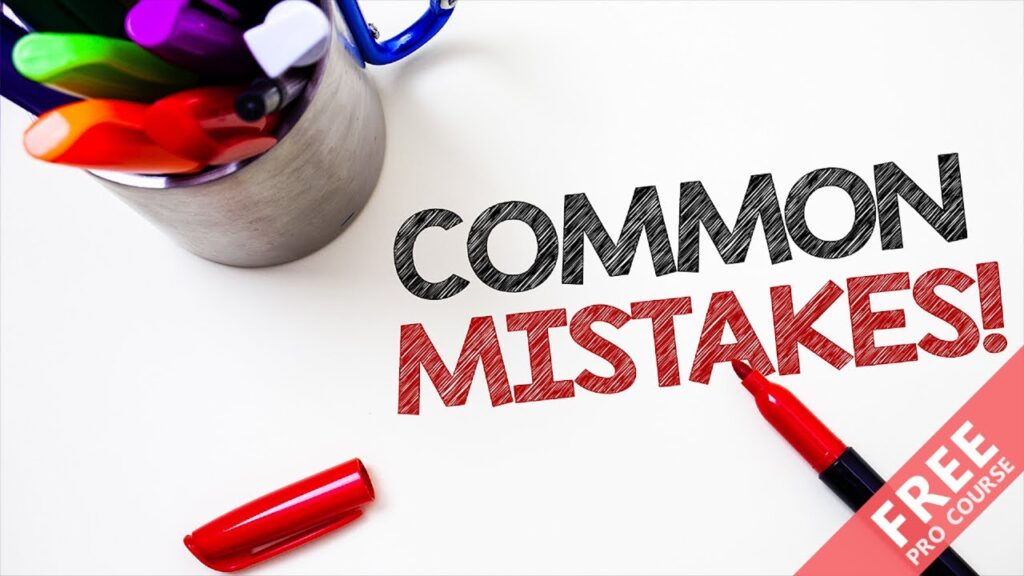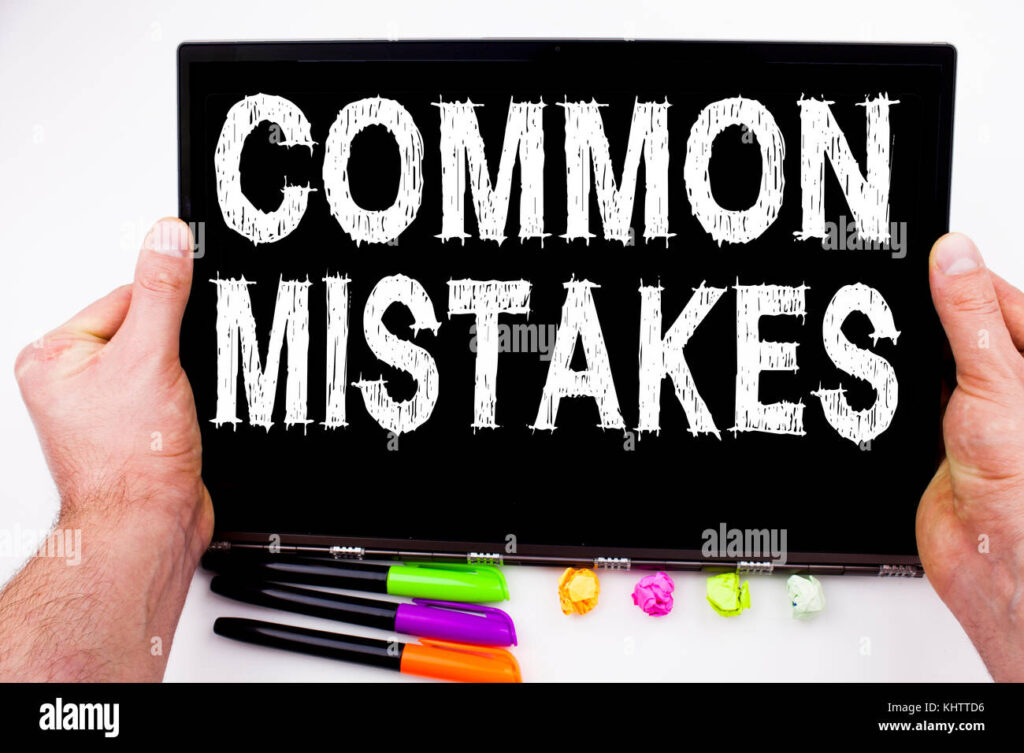Freelancing offers freedom, flexibility, and independence—but it also comes with unique responsibilities. One of the most overlooked yet essential responsibilities is Professional Indemnity Insurance (PII). It acts as a safety net, protecting freelancers from legal claims arising out of mistakes, omissions, or professional negligence.
However, many freelancers either avoid getting it altogether or misunderstand how it works. These misconceptions can be costly—not only financially but also in terms of professional credibility.
In this comprehensive guide, we’ll explore the most common mistakes freelancers make about professional indemnity insurance, and how to avoid them so you can protect your business and your peace of mind.

What Is Professional Indemnity Insurance?
Before diving into mistakes, let’s get clear on what Professional Indemnity Insurance actually is.
It protects freelancers and professionals against claims made by clients due to financial losses caused by mistakes, errors in judgment, breach of contract, or professional negligence.
For example:
- You’re a freelance web developer, and a bug in your code crashes your client’s site, causing them to lose business.
- You’re a consultant, and a client sues you over advice they believe led to financial damage.
With PII, your insurer covers legal fees, settlements, and other defense costs—so you’re not left paying out-of-pocket.
Thinking “I Don’t Need It—I’m Just a Freelancer”
One of the biggest misconceptions is that only large agencies or high-profile consultants need insurance. Many freelancers think they’re too “small” to be sued.
Reality Check:
- If you provide advice, strategies, designs, or code, you’re vulnerable.
- A dissatisfied client can easily claim negligence—even if you did your best.
- Even false or exaggerated claims can result in costly legal battles.
Freelancers are often more at risk because they don’t have a legal team or corporate buffer.
Believing It Only Covers Negligence
A common misunderstanding is that PII only protects you if you make a mistake in your work.
Reality Check:
PII also covers:
- Unintentional copyright infringement
- Breach of confidentiality
- Loss of client data or documents
- Defamation or libel
- Failure to meet deadlines that causes financial loss
Even if the mistake isn’t your fault or was caused by miscommunication, you could still be held liable.
Choosing the Cheapest Policy Without Reading the Fine Print
Freelancers often look for the cheapest insurance option without reviewing the actual coverage.
Reality Check:
Cheap doesn’t always mean effective. A low-cost policy may:
- Have a high deductible
- Exclude critical services (e.g., legal defense)
- Offer limited coverage limits
- Have strict claim conditions
It’s better to pay slightly more for a comprehensive policy than face an uncovered claim that costs you tens of thousands.
Not Understanding “Claims-Made” Basis
Most professional indemnity policies work on a claims-made basis. This means the claim must be filed while your policy is active.
Reality Check:
If you cancel your policy or let it lapse—even after completing a project—you may not be covered for future claims related to that work.
Solution: Consider purchasing “run-off” coverage to stay protected for previous work after you’ve stopped freelancing.
Assuming It’s Covered by General Liability Insurance
Many freelancers wrongly believe their general liability policy includes professional indemnity protection.
Reality Check:
General liability covers:
- Bodily injury
- Property damage
- Personal injury on your premises
It does NOT cover financial losses due to professional mistakes or negligence. PII is a completely separate type of insurance.
Ignoring Client Contract Requirements
Some freelancers fail to review client contracts carefully and miss the clause requiring them to carry professional indemnity insurance.
Reality Check:
Many corporate or enterprise clients won’t even hire freelancers who lack insurance coverage.
Tip: Make PII part of your pitch or proposal to show clients you’re responsible and prepared for professional risk.
Not Tailoring Coverage to Their Work
Freelancers often choose generic insurance policies instead of tailoring their coverage based on their niche, clients, and services.
Reality Check:
A graphic designer faces different risks than a financial consultant. One may be sued for copyright issues, while the other for bad advice.
Solution: Work with a broker who understands freelance industries, or use providers that let you customize your policy.

Underestimating How Much Coverage They Need
Freelancers sometimes go for the bare minimum coverage—like $100,000—thinking they’ll never need more.
Reality Check:
Legal fees alone in the U.S. can exceed $30,000 to $100,000 for a single case. If you’re working with corporate clients, they may expect coverage of $1 million or more.
Tip: Consider your client size, project value, and potential claim risk when choosing coverage limits.
Not Keeping Records to Support a Claim
Even with a policy in place, you need proper documentation to support your case if a client sues you.
Reality Check:
If you don’t keep client communications, contracts, invoices, revisions, and project logs, your insurer may struggle to defend you.
Best Practice:
- Keep detailed written contracts
- Save emails or messages confirming project scope
- Use project management tools to track tasks and feedback
Cancelling the Policy Too Soon
Freelancers sometimes cancel their PII policy when they switch careers or take a break from freelancing.
Reality Check:
A claim can come months or even years after a project is finished. If your policy isn’t active when the claim is filed, you’re not covered.
Solution: Purchase run-off coverage (1–6 years), especially if you’re retiring, changing professions, or pausing freelance work.
Bonus Tips: How to Avoid These Mistakes
- Do your research: Understand the basics of PII and how it applies to your work.
- Use a trusted insurer: Look for companies experienced in covering freelancers.
- Ask questions: Don’t hesitate to call and speak with an advisor before purchasing.
- Review annually: Reassess your policy every year or after big project/client changes.
- Stay compliant: Make sure your policy meets client contract requirements.
- Include insurance in pricing: Factor insurance costs into your freelance rates.
Top Providers for Freelancers
If you’re looking to get started, here are a few providers that cater to freelancers:
| Provider | Best For | Website |
| Hiscox | Creative professionals | hiscox.com |
| Next Insurance | Small businesses & freelancers | nextinsurance.com |
| Simply Business | Affordable custom coverage | simplybusiness.com |
| Thimble | On-demand short-term insurance | thimble.com |
| Markel | Niche freelancers | markelinsurance.com |
Avoid These Common Mistakes
Don’t assume you’re too small to be sued
Read and understand what your policy covers
Don’t rely on general liability insurance alone
Keep your policy active (even after projects)
Tailor your policy to your industry
Get the right amount of coverage
Review contracts for insurance requirements
Keep proper documentation
Use a trusted provider
Ask for expert help if unsure

Conclusion
Freelancers often wear multiple hats—marketer, manager, creator, and accountant. But being your own boss also means being your own risk manager.
Professional Indemnity Insurance isn’t just for big businesses or risky industries. It’s a critical investment in your professional security, credibility, and long-term success.
By avoiding the common mistakes outlined in this guide, you can protect yourself from unexpected legal issues, gain a competitive edge, and confidently grow your freelance career.
So the next time someone asks you, “Do freelancers really need professional indemnity insurance?”—you’ll not only have an answer, but the confidence that you’re covered, prepared, and protected.
